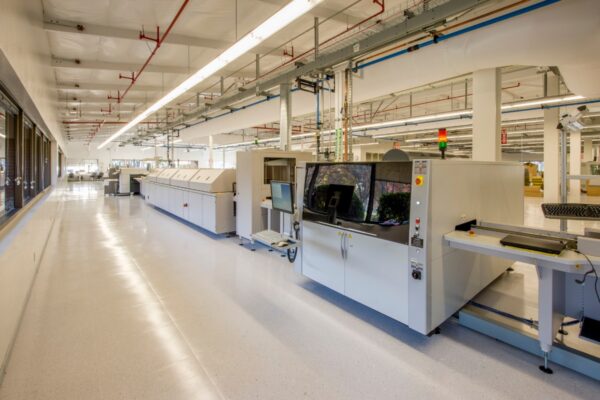What is Defect
A defect is any imperfections or flaws that occur during the soldering or manufacturing process of a printed circuit board. These defects can have a detrimental impact on the functionality and reliability of the PCB. Common soldering defects include open joints, excessive soldering, component shifting, webbing and splashes, lifted pads, solder balling, and machinery defects.
Open joints, also known as dry joints, occur when the solder fails to make proper contact with the pad of the PCB. This can result from factors such as physical movement, incorrect solder temperature, or vibrations during transport. Open joints lead to poor electrical connections and can cause circuit malfunction.
Excessive soldering happens when there is an excessive build-up of solder on the components, often due to delayed withdrawal of the soldering iron. This can increase the risk of solder bridge formation, where solder connects two adjacent traces or pads, resulting in short circuits and circuit failure.
Component shifting occurs when the components placed on the PCB are not aligned correctly during soldering. This misalignment can lead to open joints and crossed-signal lines, causing inconsistencies in the electronic circuit. Factors contributing to component shifting include heat sinks, variations in solder temperature, manufacturing errors, or design errors.
Webbing and splashes refer to defects that occur when pollutants in the atmosphere affect the soldering process. These defects can create short circuit hazards and also affect the visual appearance of the PCB.
Lifted pads are pads that become disconnected or separated from the surface of the PCB. This can cause irregularities in circuit connections and result in malfunctioning of the PCB board. Lifted pads are commonly found in single-sided PCBs with thin copper layers without through-hole plating.
Solder balling is caused by poor conditions during the soldering process, such as gassing from the flux or excessive turbulence as the solder flows back. This can lead to the formation of numerous solder balls on the PCB, creating fake bridges between adjacent traces and causing circuit malfunctions.
Machinery defects refer to issues that arise during the PCB manufacturing process, specifically related to CNC milling machines used for routing, cutting, and outlining the board. These defects can occur when the CNC machine unloads the robot and the yard lumber holes go beyond the tolerance range, causing collisions and edge collapse in the PCB board. Overheating of CNC machines during high-volume productions can also lead to deteriorated board quality, wrong alignments, incorrect edging, and other defects.





